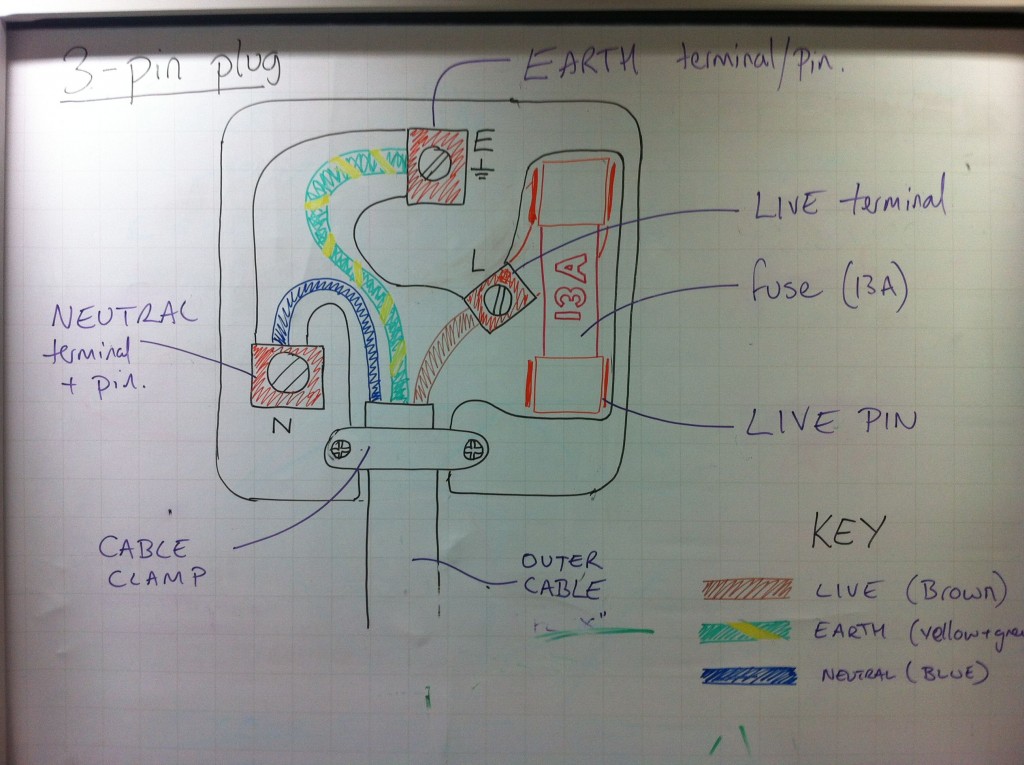Direct instruction in science lessons
When I first wrote this page it started like this:
“Direct instruction involves the teacher passing knowledge directly to the students.”
But can a teacher really pass knowledge directly to their students like they might transfer information from one computer to another?
Imagine, for example, that you wanted your students to know what your house or flat looked like. You could tell them about it, draw pictures and even show photographs. However, despite the very best explanations students will come to understand your house differently from you. This is because they will make sense of the new information in relation to what they already know – knowledge is constructed and this construction process, like any building project, will depend on the individuals involved and the context.
Of course, this is not to say that clear teacher explanations don’t play a key role in learning science. Neither does it mean that teacher explanations will lead to passive learning as is sometimes incorrectly assumed. So why is direct instruction (or teacher-led instruction) sometimes criticised in science classrooms despite much support for its effectiveness (Hattie, J. 2009; Kirschner, P.A. et al., 2006)?
One reason is that direct instruction is hard to do well and when it fails we can get bored students, involved in shallow thinking. It can also limit opportunity for practice, discussion and feedback, if overused. However, this does not mean we should abandon direct instruction, we just need to get better at doing it (Clark et al., 2012) and make sure that it is integrated into a range of pedagogical approaches.
What makes great direct instruction?
Great direct instruction relies on teachers having strong subject knowledge and good pedagogy. These teachers should explain concepts using appropriate clarity, pace and pitch that considers carefully (i) the sequence of information (ii) what knowledge is not included and (iii) how new knowledge is represented.
When done well, direct instruction provides students with bespoke explanations that allow knowledge and understanding to be built relatively quickly, without over burdening working memory
Some tips for effective direct instruction
- Be clear on what you want students to learn (and not learn). You will need to carefully balance the completeness of an explanation with its coherence.
- Consider what students already know and connect the new information to this, explicitly
- Practise your explanations before the lesson
- Make it pacey (not rushed) – students should need to concentrate to keep up
- Avoid peppering your explanations with too many questions. It can disrupt the flow and make listening harder
- Use some no hands up questioning to determine if students are following – choose a few students and then use their answers to make some inferences about the wider class
- Use the white board to model your thinking – always start with a clean white board, fresh board pens and write clearly
- Be clear on what you want students to do during the explanation – they could annotate a diagram, make notes or just listen. Let them know what is expected at the start.
- Provide a follow up activity after the explanation so students can consolidate, talk about and practise thinking about these ideas
- Don’t over use direct instruction and use alternative approaches to sustain motivation
- Never assume I taught it so they learnt it!
Board work is not boring
Click on this link to read about why board work helps students learn in science.
A word of caution
Direct instruction requires all students to move at the same rate, and therefore limits effective differentiation. You can reduce this problem by ramping up the pitch of the explanation as you go but this is not ideal for prolonged periods of time.
Further reading
- Clark, Richard, Paul A. Kirschner, and John Sweller. “Putting students on the path to learning: The case for fully guided instruction.” (2012).
- Hattie J (2009) Visible Learning; a synthesis of over 800 meta-analyses relating to achievement London; Routledge.
- Kirschner, P. A., Sweller, J., and Clark, R. E. (2006) Why minimal guidance during instruction does not work: an analysis of the failure of constructivist, discovery, problem-based, experiential, and inquiry-based teaching. Educational Psychologist 41 (2) 75-86.
- Planning lessons: the EPIBA approach
- Clearly defined lesson objectives
- The Do Now
- Activate prior knowledge
- Challenge your students
- Use a context
- Challenge all students appropriately
- Use direct instruction to provide clear explanations
- Model abstract ideas in concrete ways
- Use questioning to probe understanding
- Check for understanding – give and get feedback
- Troubleshooting – why did it go wrong?
